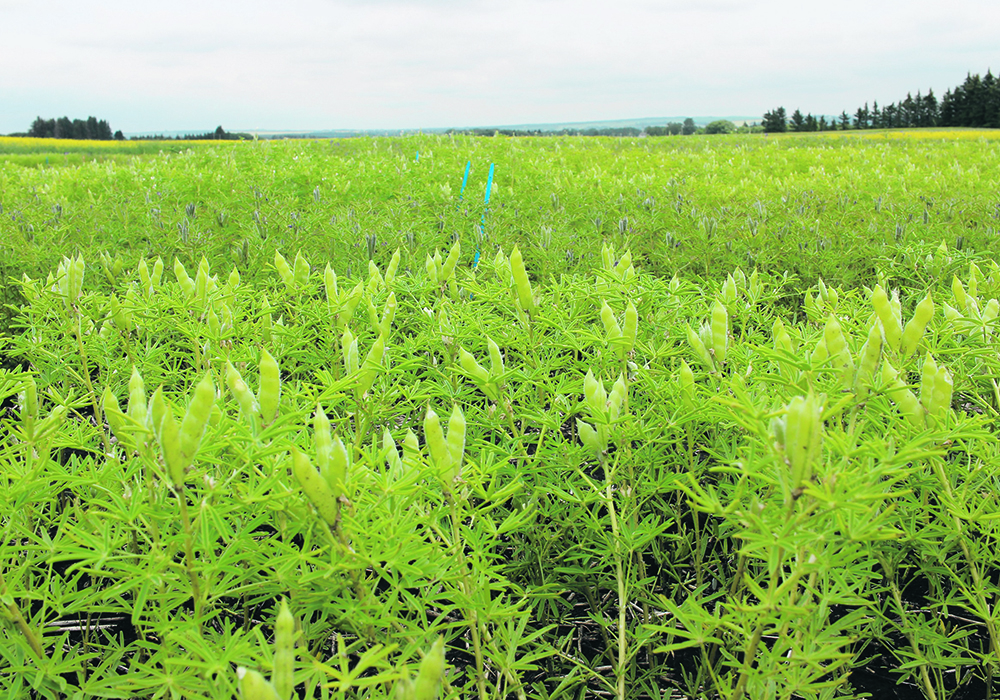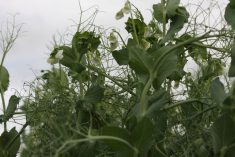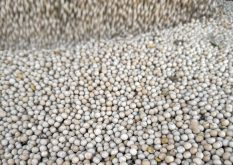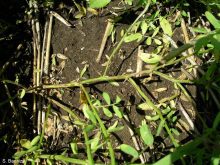The pulse offers natural resistance to root rot, but agronomic, yield and weed control options limit their potential
With their natural resistance to aphanomyces root rot, lupins may seem like a no-brainer pulse to plant.
But hold on, says Robyne Davidson, a pulse specialist with Lakeland College in Vermilion, Alta. Having worked with them since 2004, she says lupins are not ready for prime time and should only be seeded under special circumstances.
“I love lupins; I don’t want to speak negatively against them. But I have to talk facts here. It’s not a good choice right now. The weed issues are quite high. We have lower-yielding varieties that are not doing that great. They shatter quite badly.
“So I have to be realistic when I’m talking to a farmer. You’ve got to think long and hard.”
Davidson only recommends lupins to farmers if they can’t grow field peas.
“The only producers that I’m actually saying ‘you know what? You should try lupins and here’s the LPI (Lupin Platform Inc.) number’ are the farmers that can’t grow peas because of aphanomyces,” she said.
Researchers including Davidson are attempting to tackle lupins’ apparent weaknesses.
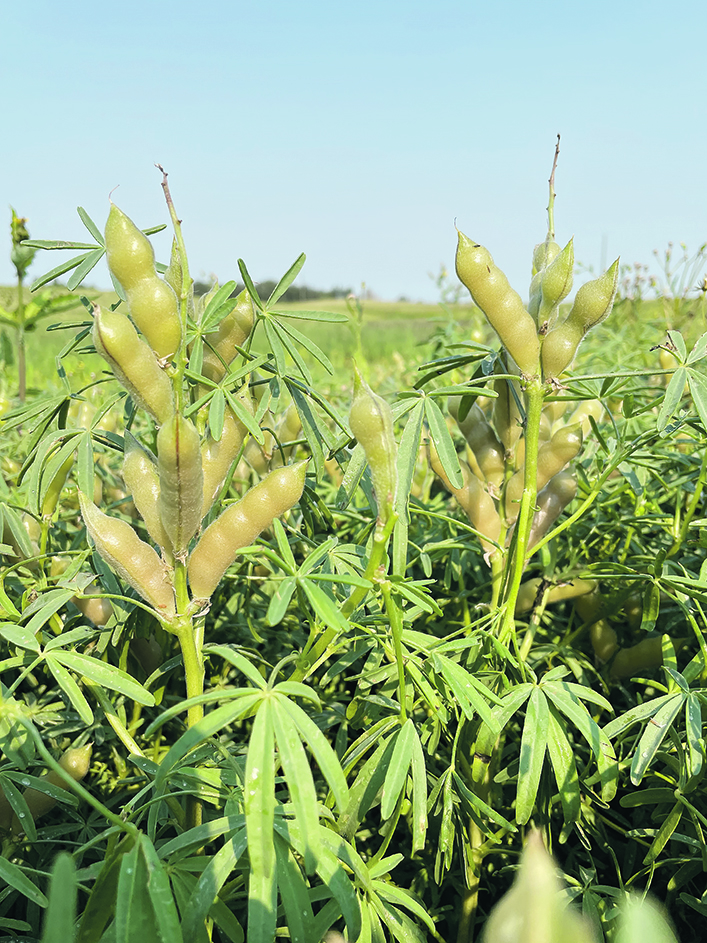
“Will we get there? Yes, (but) we need more time. We need to do more research, we need to find some better varieties and we need to improve our contracts with our farmers. We’re not paying a premium for them right now.”
Although dwarfed by the acreage of other pulses, lupins were seeded to about 1,000 acres across the Prairies and are slowly becoming a crop of interest.
Similar to field peas, they’re best grown in areas with regular rainfall and moderate temperatures – two factors that have made research on the Prairies a challenge in recent years.
Davidson’s own research has been stonewalled by drought.
“We’re testing lupins for further resistance to aphanomyces. For the past couple of years, it’s been quite difficult because it’s been so dry. But hopefully we’ll get a really wet year where aphanomyces levels are really, really high.”
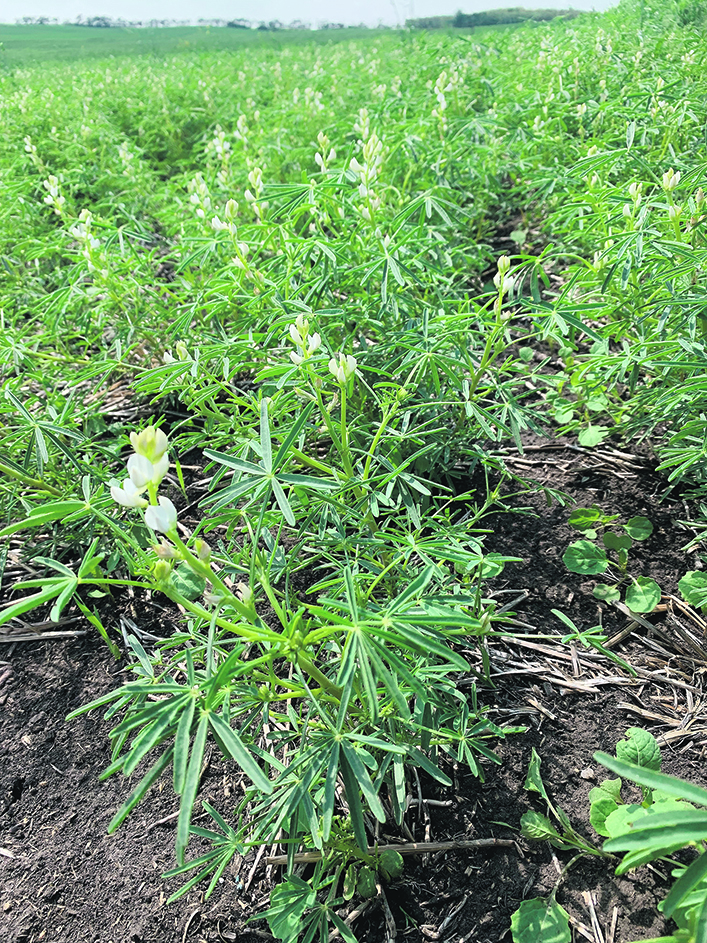
Lupins have a lot in common with other pulse crops: high protein (up to 40 per cent – the highest on the Prairies), nitrogen fixation ability, rotational benefits and usefulness as food and feed.
All that and more speaks to the potential of lupins, but according to Davidson’s research, they’ve got a few hurdles to clear if they’re going to become a crop of choice in Western Canada.
“We don’t have herbicide packages that work well, so lupins lead to weedy, messy fields,” she said.
Yields have been competitive in research plots but she doubts they will carry over to farmers’ fields.
“We’ve seen the potential in small research plots to maybe be 50, 60 bushels per acre where they have the potential to compete with field peas,” said Davidson. “But realistically, you’re going to get 40 bpa and that’s if you do everything well.”
They can also be a challenge to grow.
“If a farmer comes to me and says ‘I hate growing peas’ I’m like ‘goodbye then’ because lupins are even harder to grow. So if you think peas are a pain in the neck to grow, don’t even consider lupins.”
Alberta-based Lupin Platform Inc. (LPI) has been developing the lupin value chain in the province, sporting Canadian registration for three European lupin varieties: Dieta (white lupin), Boregine and Lunabor (blue lupin).

LPI has teamed up with Calgary-based AgCall on the agronomic research and testing front.
Said AgCall project manager Devan Lewis in a February 2022 Western Producer article, “It’s definitely an interesting crop. The ultimate goal is a protein replacement, and it’s really good because it has a higher protein content than, say, a pea would, but the starch levels are a lot less.”
Producers interested in growing lupins can contact LPI, said Davidson. The only way to commercially grow lupins in Alberta now is on contract with that company.
“They are the company that are working on an extremely closed contract basis with producers to grow commercial acres of lupins. Right now, it’s a very small market and you can count the number of growers on two hands.
“And you can measure the success of lupins over the past few years quite easily and they haven’t done really well.”


